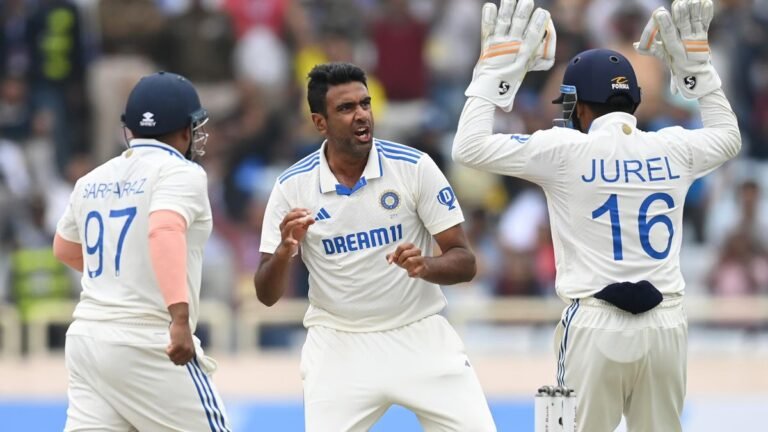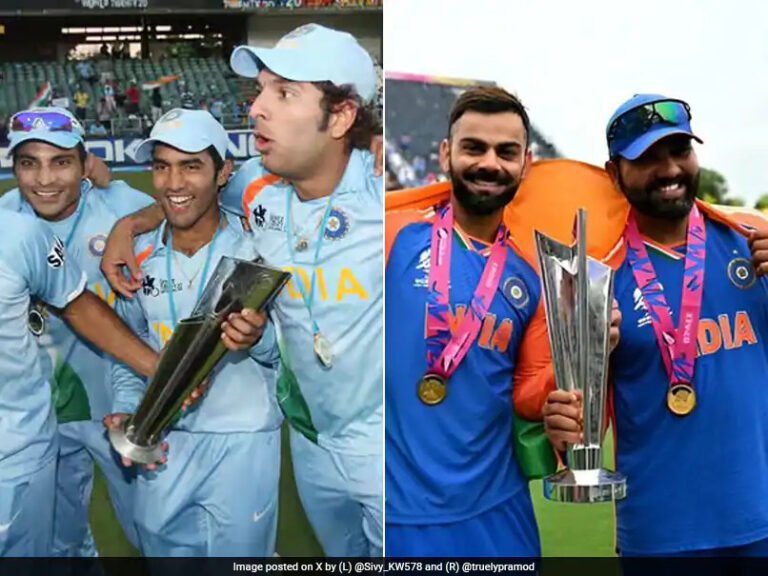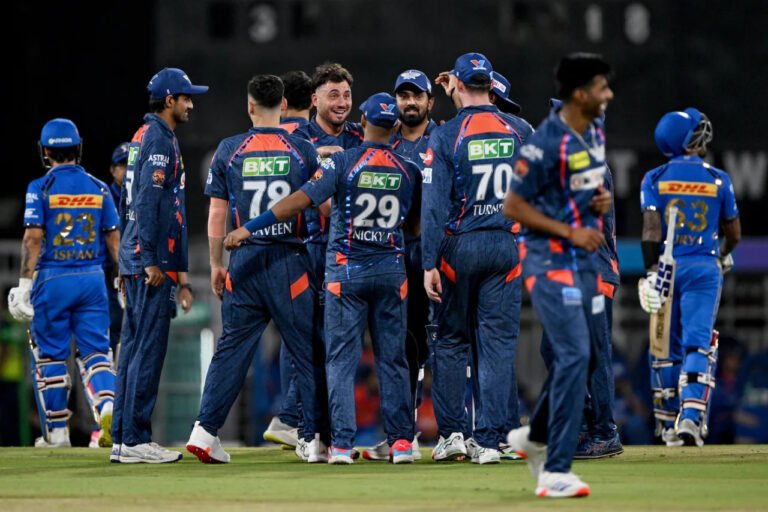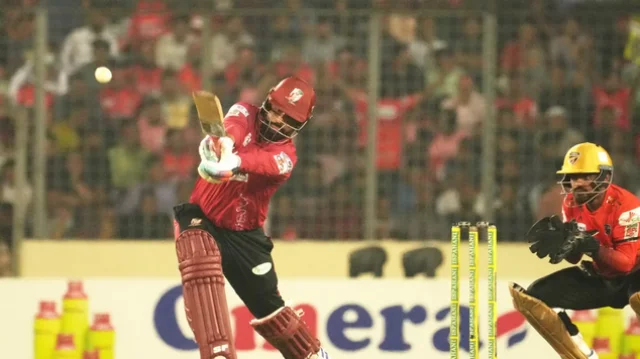Aussies at the IPL: Top Performers, Contributors, and Flops: Eyeing on the T20 World Cup Glory
The IPL playoffs are here, and five Australian players will be in action. With the T20 World Cup just around the corner, let’s review how Australia’s cricketers performed during the IPL regular season.
Some Australian players have had successful IPL seasons, while others have had poor campaigns.
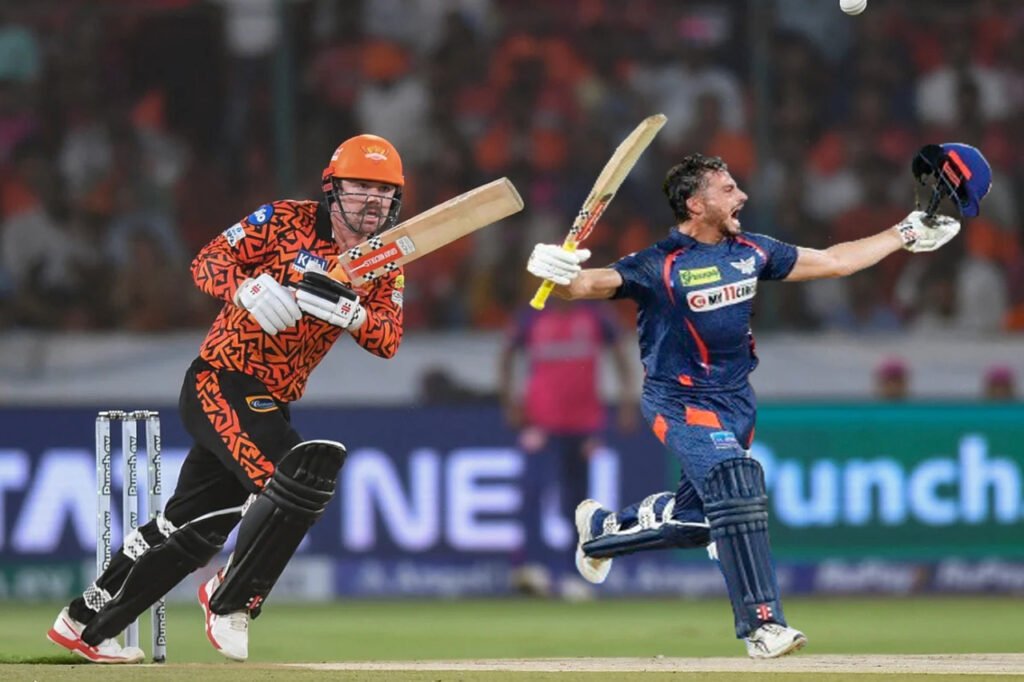
Top Performers
Even though he scored a first-ball duck in Sunrisers Hyderabad’s final regular season match against Punjab Kings, Travis Head has been Australia’s most impressive player in the IPL this year. Head finished the regular season as the third-highest scorer with 533 runs from 12 innings, including four fifty-five and a century at an incredible strike-rate of 201.13.
The only other player to surpass 350 runs while striking at a strike rate of above 200 was his opening partner, Abhishek Sharma. After Virat Kohli, Head had the second-highest total batting effect during the competition.
In terms of strike-rate and batting effect per game, Jake Fraser-McGurk outperformed Head, having one of the most remarkable debut IPL seasons of any player. Given that he was a replacement player and may not have played for the Delhi Capitals at all if Mitchell Marsh hadn’t suffered a season-ending hamstring injury, his 330 runs from nine innings, four half-centuries, and an astounding strike-rate of 234.04 were all the more amazing.
Fraser-McGurk made IPL history by becoming the first player to hit a fifty-score off fifteen balls and another fifty off nineteen balls. Without a doubt, the Capitals will hold onto him before the big auction, where he may otherwise bring in a staggering sum of money.
Even though his scores don’t jump off of the page, Pat Cummins has had an incredible season both as captain and with the ball in a tournament that is dominated by hitters. With fifteen wickets, he is tied for thirteenth place on the list of wicket-takers; however, only two fast bowlers, Tushar Deshpande and Jasprit Bumrah, had better economy rates, and the latter played six matches in Chennai where the scoring was slower overall. Considering that Cummins had never captained a T20 team prior to the IPL, he did a fantastic job, and he also contributed at the bat when needed.
Marcus Stoinis had a good IPL, but he will likely be a little disappointed that he wasn’t able to close up the season as well as he would have liked after his incredible 124 not out at Chepauk, which was the only thing that could have guaranteed the Lucknow Super Giants a spot in the playoffs.
Both his team’s and Stoinis’s performance declined, but he still finished with 388 runs and scored a century and two half-centuries. While it was lower than the tournament average of 151.45, his strike rate of 147.52 was higher than his lifetime rate. Considering that he only bowled 14 overs during the tournament and did not bowl in seven games, he seemed underutilized while making modest contributions with the ball, collecting four wickets at an economy rate of 9.00.
Also Read: Jake Fraser-McGurk and Matt Short Set to Join Australia as T20 World Cup Travelling Reserves
Australian Batting at the IPL
Players | INN | RUNS | AVG | SR |
TRAVIS HEAD | 12 | 533 | 48.45 | 201.13 |
MARCUS STOINIS | 14 | 388 | 32.33 | 147.52 |
JAKE FRASER-MCGURK | 9 | 330 | 36.66 | 234.04 |
TIM DAVID | 11 | 241 | 30.12 | 158.55 |
CAMERON GREEN | 11 | 228 | 32.57 | 145.22 |
DAVID WARNER | 8 | 168 | 21.00 | 134.40 |
MITCHELL MARSH | 4 | 61 | 15.25 | 160.52 |
GLENN MAXWELL | 8 | 52 | 6.50 | 123.80 |
On the other hand, Cameron Green, who was benched early in the competition, had a brilliant IPL finish and took on a new role at Royal Challengers Bengaluru to help them secure a postseason ticket. After rejoining the club, he played a major role in six of the seven matches that RCB won, both with the bat and the ball.
After hitting at 107.93 in his first five games, he made scores of 37 not out, 46, 32 not out, and 38 not out in those seven games while striking at 170.21 in the middle order. He bowled in all 12 of the games he played, taking nine wickets at an exceptional economy rate of 8.82 for the tournament.
Under Performers
Prior to this tournament, Mitchell Starc broke the record for the most expensive acquisition in IPL auction history, and his bowling performances have been similarly costly and mostly disappointing. There have been glimmers of the former Starc, with two of his 12 wickets from 12 matches being bags of 4 for 33 and 3 for 28.
Starc has not wasted any time in pointing out that all of the bowlers in the IPL have gone for runs, and Eden Gardens was the third-fastest batting surface this year. However, Starc was just one of two bowlers out of the 38 who claimed nine wickets or more to give up more than 11 per over, and he was also the most costly of the top 26 wicket-takers. Under identical bowling circumstances, his fast bowling teammates Andre Russell and Harshit Rana also claimed more wickets at a lower economy rate than Starc.
In the same way, Fraser-McGurk’s performance exposed David Warner, who failed to perform at his usual high level. Warner did experience a bothersome finger ailment that persisted throughout the tournament, preventing him from participating in five games and making it difficult for him to play in the one he did. Even though he was healthy enough to participate, he was benched for the season’s last match.
Warner had a good season before to his finger injury, but his scoring rate was below par. He struck at less than 150 in each of the first five games, and the Capitals lost four of them on high-scoring surfaces, despite his match-winning 52 against CSK in Vizag.
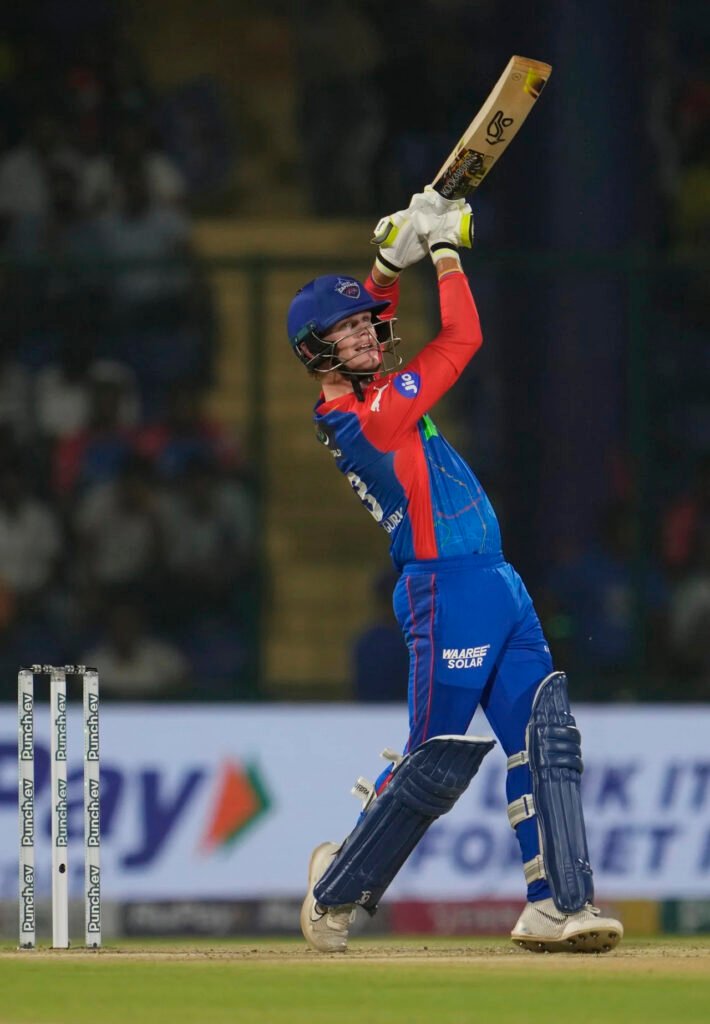
Glenn Maxwell had one of his worst IPL tournaments ever, to the extent that he pulled out of the competition halfway through to spare captain Faf du Plessis and coach Andy Flower from having to make a tough decision that they might have taken nevertheless. After receiving scores of 0, 3, 28, 0, 1, 0, and 4 at a strike rate of 97.29, he was later called back and dumped once more.
However, typical of the mercurial Maxwell, he was called up for RCB’s crucial victory over CSK and performed admirably to help his team advance to the playoffs. After hitting 16 off five balls in the last two overs, he claimed 1 for 25, which included the crucial wicket of Ruturaj Gaikwad on the opening ball of the innings. Perhaps he will be inspired by this confidence boost leading up to the playoffs and the T20 World Cup.
Tim David should not be in the underperforming category since, in most of the games he played, the Mumbai Indians’ top-order virtually neutered him. He was even dropped to No. 7 twice and No. 8 three times. Still, his whole performance was below his potential. For the tournament, he struck out at 158.55, which is marginally over the tournament average but below his career rate. But when the game was on the line, he hardly had the opportunity to show off his skills.
He contributed significantly to two of Mumbai’s four victories. Mumbai scored a match-winning 234 for 5 against the Capitals, and he scorched 45 not out from 21 balls. In a nine-run victory against Punjab Kings, he also made a crucial 14 off 7 in the opening innings. Along goalie Jasprit Bumrah, he was left out of Mumbai’s most recent match as they tried out several lineup combinations.
Mitchell Marsh was forced to return home after four games due to a hamstring injury that ended his season before he could develop throughout the tournament. However, considering the form he was bringing into the competition, his outings were lackluster. Although he scored at a faster clip of 160.52 than Warner, he still returned scores of 20, 23, 18, and 0. However, Fraser-McGurk’s performance absolutely overshadowed those ones. In addition, he only bowled eight overs in four games, taking one wicket at a cost of 12.87 runs per over.
Hardly Ever Played
It was a shame that Nathan Ellis did not contribute more to the Punjab Kings. With only one game under his belt at the end of the season, he took an outstanding 1 for 24 in his four overs during the Kings’ consolation victory over the Rajasthan Royals. He was a victim of the poor batting performance of the Kings, whose bowling unit claimed the third-best economy rate overall and took the most wickets of the competition, with captain Sam Curran and Kagiso Rabada occupying two of the overseas bowling slots.

Not knowing that he would not be the first-choice wicketkeeper for the Gujarat Titans, Matthew Wade took a risk at the beginning of the IPL season by staying home to play in the Sheffield Shield final for Tasmania. Because Wriddhiman Saha struggled and only made 4 out of 6 against the Royals and did not bat against CSK, he ended up playing two games for the tournament.
Australian Bowling at the IPL
Players | MAT | WKTS | AVG | ECO |
PAT CUMMINS | 13 | 15 | 32.00 | 9.23 |
MITCHELL STARC | 12 | 12 | 33.00 | 11.36 |
CAMERON GREEN | 12 | 9 | 30.55 | 8.82 |
GLENN MAXWELL | 9 | 6 | 21.50 | 8.06 |
MARCUS STOINIS | 14 | 4 | 31.50 | 9.00 |
SPENCER JOHNSON | 5 | 4 | 37.75 | 9.43 |
Given his relative inexperience, Spencer Johnson was an expensive acquisition in the auction, therefore he entered the IPL with some high hopes. In his first five games with the Titans, he did not bowl poorly.
Although he claimed four wickets at an economy rate of 9.43, he may not have struck as frequently as Gujarat had planned, taking a wicket at a rate of just one every 24 balls in just three of his five encounters. Later in the season, when Gujarat decided to go with a more spin-heavy bowling attack, he was forced out of the starting lineup.
For the competition, Ashton Turner and Jhye Richardson only combined for three games. While Turner’s two innings for Lucknow produced a 16–5 score, they were his first games back at any level following knee surgery in December of last year.
Richardson’s return numbers in his sole cricket match since a side strain terminated his BBL in January were also 0 for 40 from four overs. Compared to his teammates and a few of Mumbai’s quick bowlers, Richardson’s results were comparatively good given that Mumbai scored 235 for 5 at an average of 11.70 per over.

